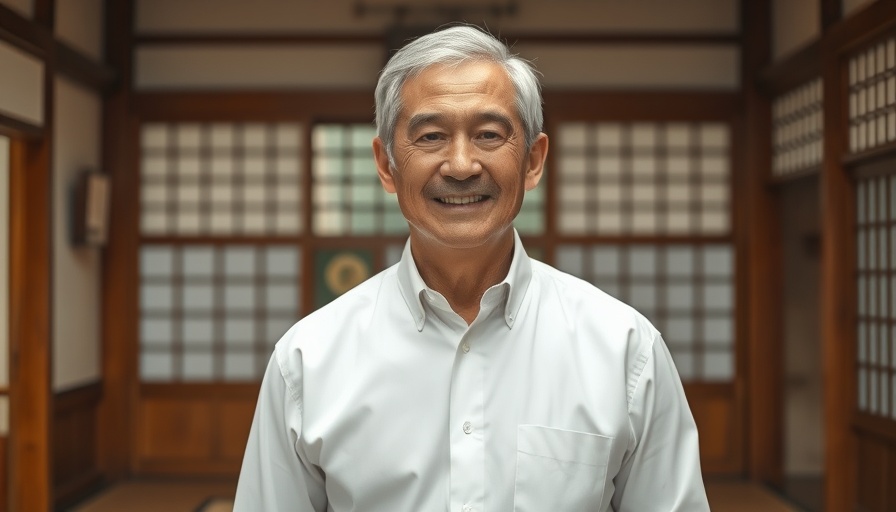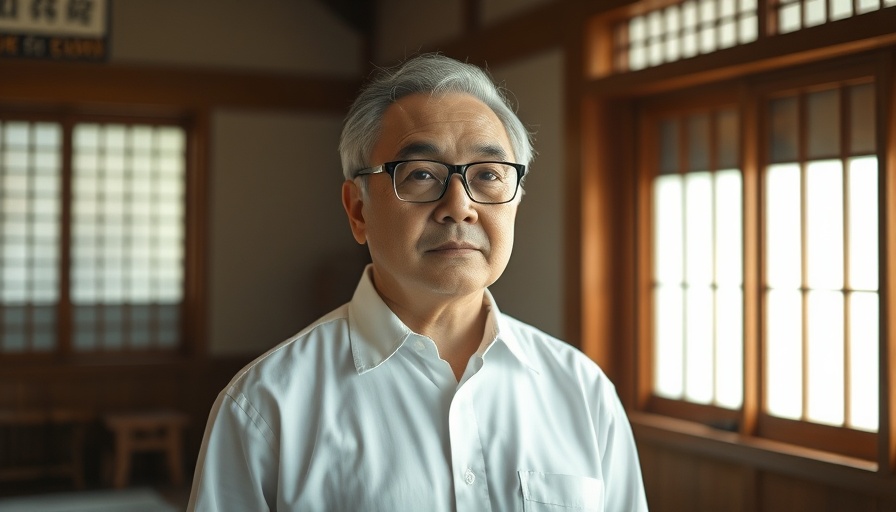
Embracing the Present: The Power of Mindfulness
In a world buzzing with distractions and a relentless pace, the ancient wisdom of mindfulness provides a much-needed refuge. Thich Nhat Hanh reminds us that there is only one moment we can truly experience: the present. Instead of worrying about the past or fretting about the future, we can immerse ourselves in the simple acts of daily living—from enjoying a ripe orange to feeling the warmth of the sun on our skin. Understanding this concept not only enriches our lives but serves as a pathway to inner peace and fulfillment.
Why Mindfulness Matters
Mindfulness is more than a trend; it is a lifestyle that promotes profound awareness of our internal state and surroundings. In the high-paced modern culture, disengagement from the present often leads to anxiety and discontent. Research shows that incorporating mindfulness in our daily lives can reduce stress and improve emotional health. By focusing on each moment, we foster a sense of presence that can enhance our well-being and overall quality of life.
Simple Ways to Practice Mindfulness Daily
Mindfulness can be practiced anywhere and at any time. It could be as simple as paying attention to your breath during a hectic day or really savoring the flavors of a home-cooked meal. Here are some practical tips:
- Mindful Mornings: Begin your day by tuning into your feelings and physical sensations. Consider a short stretching routine or a morning walk, focusing on the sights and sounds around you.
- Daily Mindful Breathing: Spend a few moments focusing on your breath—feel the air entering and leaving your body. This practice grounds you, reminding you to center your thoughts throughout the day.
- Meals as Rituals: Just like the experience of enjoying an orange, transform your meals into sacred moments. Engage all your senses and bring a true sense of gratitude for the nourishment.
- Mindfulness During Wait Times: Transform the moments you spend waiting—be it in line or at a stoplight—into opportunities to practice mindfulness. Observe your surroundings, your emotions, and the present moment.
The Journey to Presence
Ultimately, the journey of mindfulness is about reconnecting with ourselves. Each action can become an opportunity to express gratitude and presence. As we cultivate this awareness, we gain insight into our lives and deepen our understanding of what truly matters.
The Liberation Through Mindful Living
Mindfulness liberates us from the chains of our worries as we learn to observe our thoughts without judgment. It cultivates greater self-awareness and insight, allowing us to see the true nature of reality and reducing our suffering. The practices of mindfulness and concentration not only enrich our spiritual lives but also enhance our relationship with others as we connect meaningfully, whether through a shared meal or a simple greeting.
Seize the Moment
So, when you find yourself rushing through life, ask yourself: How can I make today a moment of true presence? Whether through mindful eating, engaging in the simple act of washing dishes, or just being aware of your breath, each moment carries the potential for awakening.
 Add Row
Add Row  Add
Add 




Write A Comment